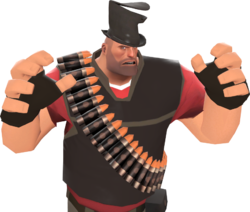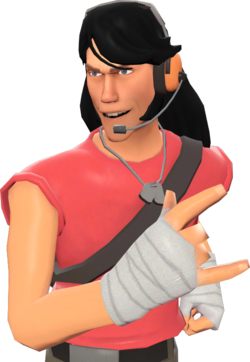There was a time, barely memorable, when we reflected upon our lives through letters and diaries, baby books, scrapbooks and photo albums. Committing our thoughts to paper documented them for ourselves and posterity. The pace of writing encouraged introspection and often led to profound realizations.
Today, however, pens are obsolete. For most of us, our thoughts remain in our heads or are shared through a stream of emails, texts, tweets, Facebook posts or Instagram pictures.
In my photo albums, I have a second-grader, but in my home, a high school senior. Time has moved on — but until I started writing a blog, my chronicling had not. Unlike the letters and diaries of yore, a blog is usually a public record, and, as such, requires the writer to reflect and deliberate when writing. It’s a point of personal retrospection, a way to leave something more lasting than a snap chat.
The very best blogs (not necessarily the most popular) are those where the writer has a compelling voice and a story to tell. Not everyone does, but most people would be surprised to realize that if they’re willing to make the commitment, they do have something to say. And they might discover what a wonderfully gratifying endeavor blogging is.
(MORE: How to Become a Novelist in Your Second Career)
Why You Can (and Should) Blog
There are dozens more good reasons to do this, but here are 10 to get you started:
- Socrates opined, “An unexamined life is not worth living.” And it’s just as true 2,412 years later.
- Social media is about being quick and clever. It demands that we be eye-catching and succinct. There’s a place for that kind of communication, but when we tweet or post on Facebook, subtlety and detail are often lost in the clamor for attention and humor. Because they are far more than 140 characters, blog posts are true contemplations of our lives and our thoughts.
- Eighty-one percent of Americans think they have a book inside them. Not all of them are wrong. A blog can be the first step to writing a feature article, book or screenplay. It is a trial run for bigger writing projects that can look just a bit too daunting in their entirely but can come to life when taken in blog-size pieces.
- Becoming a better writer is good for your brain. And there is only one way to become a better writer. Maybe you have the self-discipline to hone your craft in your own little notebook. I don’t. The pressure of just one other person reading my scribblings pushes me to always strive to improve.
- Writing makes us think with more focus, as it forces a self-control that mere musings cannot. Most of our communication is immediate and reactive and lacks any real thought. Blogging forces us to think. A decision becomes clearer when we write the pros and cons; a reflection becomes more tangible when we commit it to paper.
- It’s a great chronicle of family history. I wish I had blogged my kids’ babyhood and childhood. My photos would be in chronological order and I would remember more of those unbelievably cute things they said that I thought I’d never forget. (I did.) I would urge any young parent to create a digital record. Life is more memorable when it is recorded. Your kids will thank you, as will their children.
- Life can narrow as we age. We have our friends, we know our community — and as a result, we can become just a little too settled. Quitting our jobs or pulling up roots and traveling the world is not an option for many. Blogging keeps us in constant contact with an ever-expanding world of new people and new thoughts. By stretching past our limits, our assumptions get challenged and what we thought we knew, shaken.
- A recent New York Times article revealed the secret of slowing down time: “It’s simple: if you want time to slow down, become a student again,” wrote Richard A. Friedman. “Learn something that requires sustained effort; do something novel.” Coming up with new content, being forced to learn new things is what keeps us alive and young. Enter blogging.
- Nothing makes you feel less alone in the world than 10 comments on your blog from perfect strangers saying that they are feeling the exact same thing you are.
- Everyone should leave one indelible mark on the world, a legacy in black and white. If you have not yet left yours, start a blog.
 yeah....
yeah....





